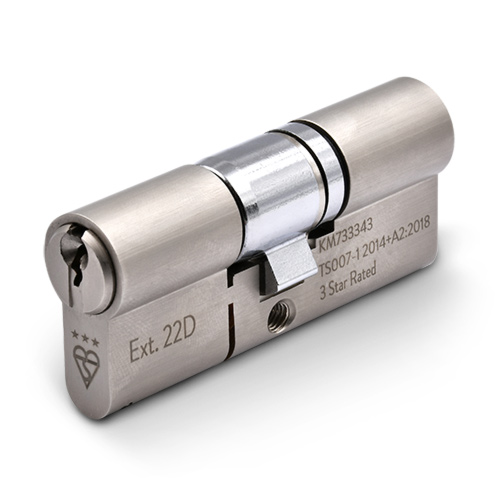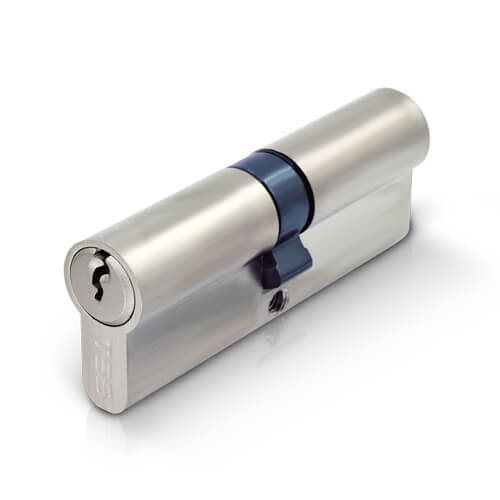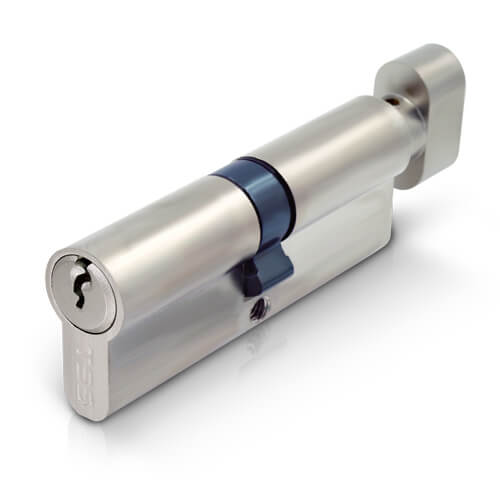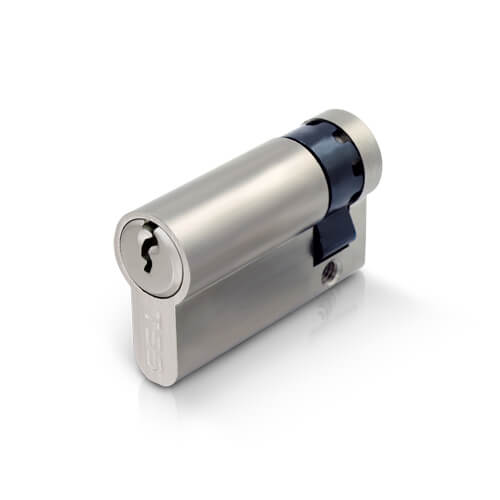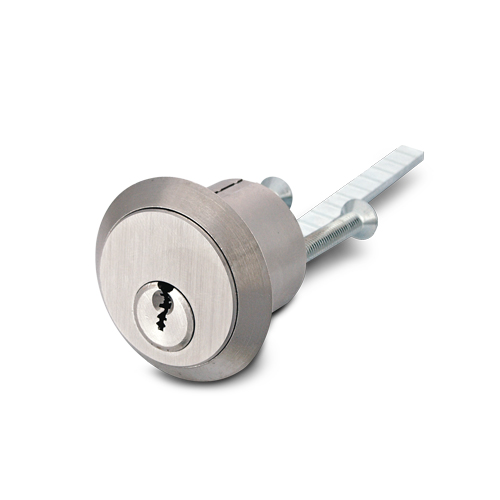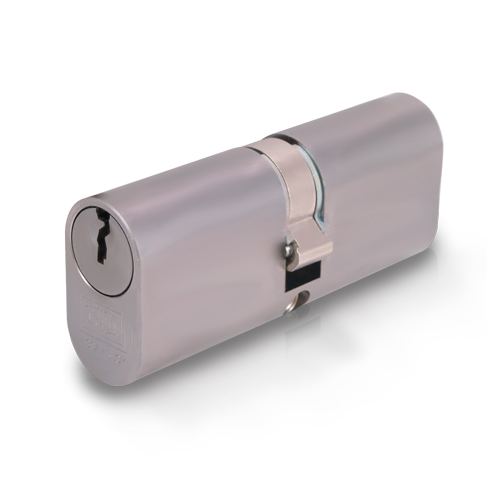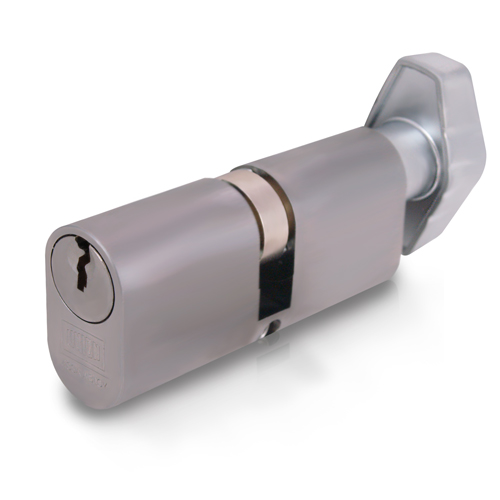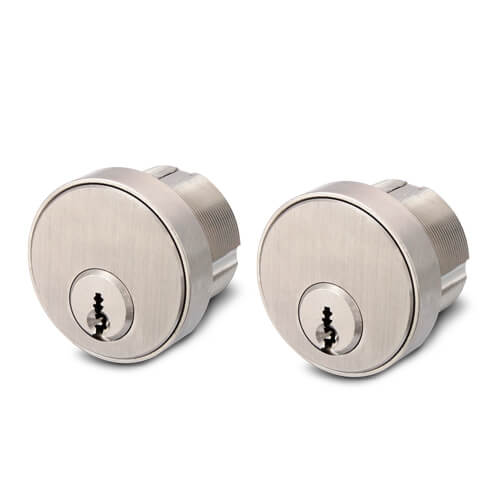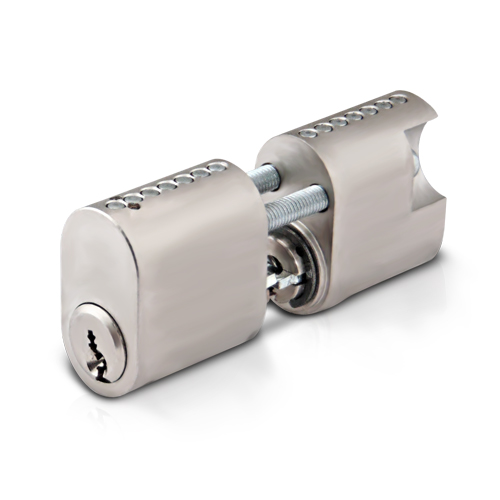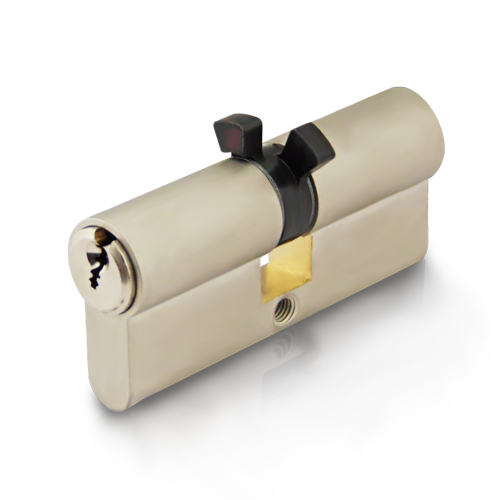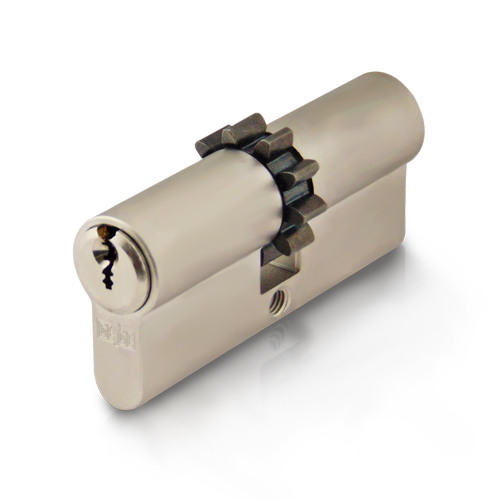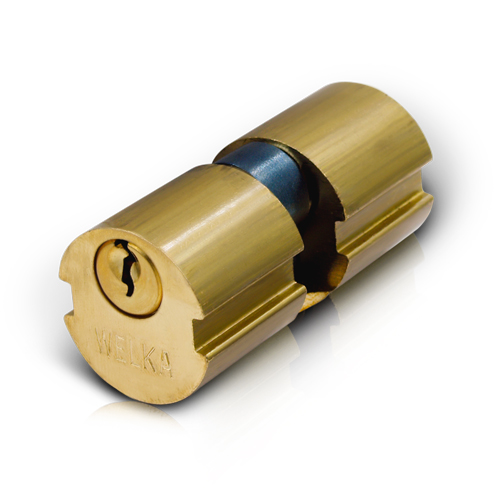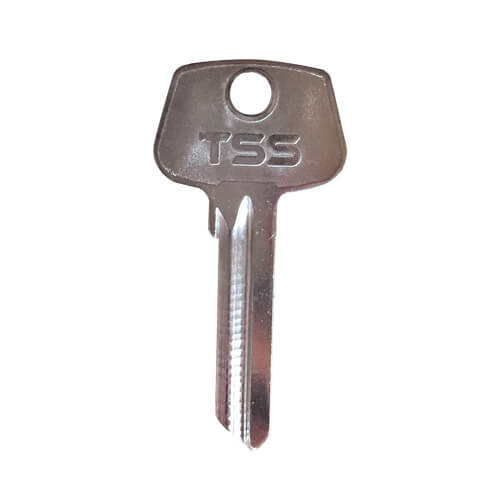Cylinders & Barrels
Cylinders & Barrels
Welcome to our Cylinders & Barrels category page. Our focus is on providing you with a wide range of quality euro cylinders (euro double cylinders, euro key and thumb turn cylinders, single-sided euro cylinders), oval cylinders (oval double cylinders, oval key and thumb turn cylinders), rim cylinders, screws in cylinders, Scandinavian cylinders, cog cam cylinders, and more.
We are proud to offer products from top brands such as VERSA, TSS, ERA, Yale, ABS, Union, Iseo, Banham, GeGe, Alpro, Adams Rite, to name a few. All of the cylinders we stock are manufactured to high standards and undergo rigorous testing to ensure they meet the level of security standards they were intentionally built for.
We offer same day despatch for orders placed before 7 pm. Our commitment to delivering high-quality products and fast service makes us the ideal choice for all your cylinder requirements.
Take the time to explore our range of Cylinders & Barrels. Whether you require a specific type of cylinder or a product from a particular brand, we are confident that we have the right solution for you.
Euro Cylinders FAQs
Euro cylinder locks with 6 pins feature 24 to 34 internal components. The pins are divided into top and bottom halves, but the division is uneven, requiring the key's indents to push each pin to a different height in order to align the shear line. The top pins are held in place by springs that allow them to be pushed.

The process of unlocking a door begins by aligning the pins. Once in place, the key can then be turned, activating the cylindrical cam and allowing access. When the cylinder cam is turned, the locking point of the mechanism is engaged into the door frame.
When it comes to keys, there are different types available. Some have only one indented side, while others are symmetrical, meaning they can be used either way. However, it is important not to confuse them with dimple keys. These keys have biting and warding that can be located on one or both sides to match the number of master pins in the lock.
Euro Cylinders with dimple keys operate by rotating the key a full 90 degrees. This deviation from traditional euro cylinder locks means that the flat side of the key blade is utilised as the cutting surface instead of the edge of the key. With its distinct dimple attributes, this lock presents a higher level of pick resistance.
When replacing an existing euro cylinder; the measurement that you need to take is the length of the cylinder, which can be found by measuring from the front of the lock to the back of the lock. Then you’ll need to measure the length of each side to the middle of the central cam (see the image guide below). A euro cylinder lock with a total length of 80mm, may have 40mm on each side, or it may have variations of measurements adding up to 80mm. For example; 35mm for the front side, and 45mm for the rear side.
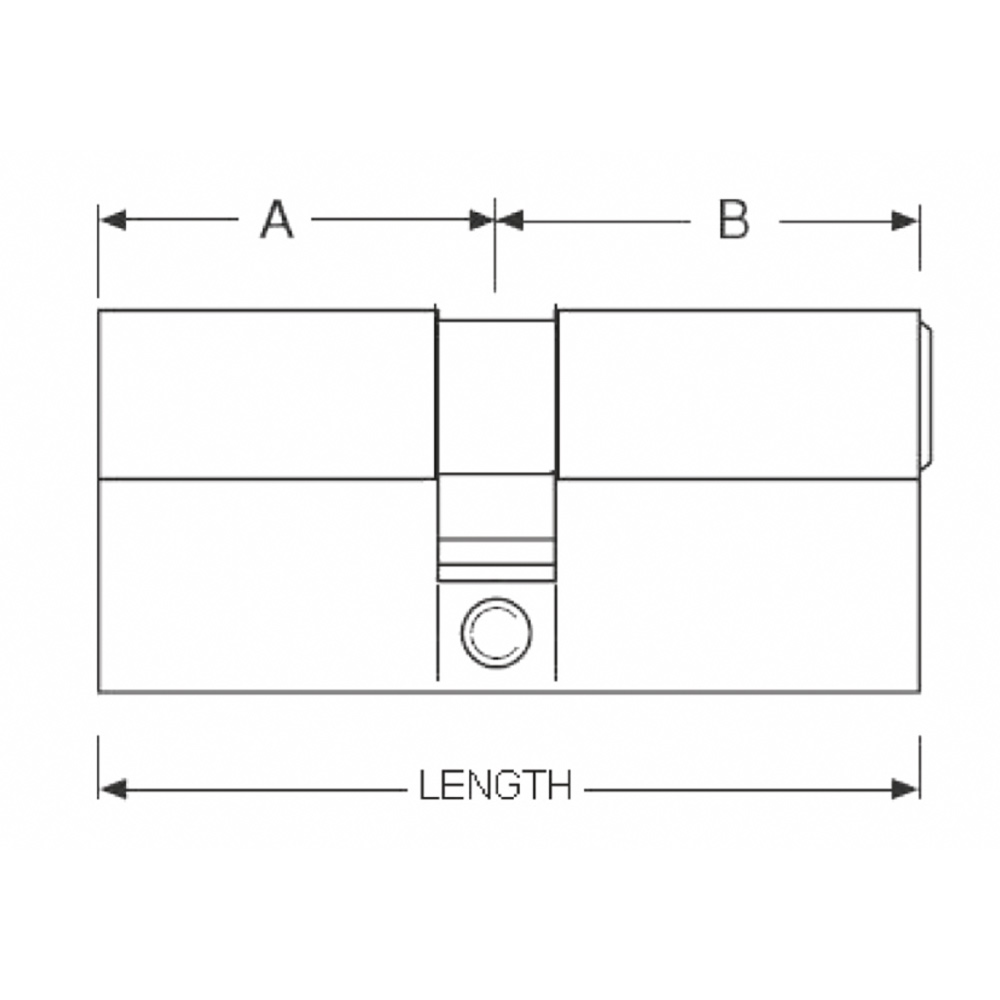
It is important to note that there are many different sizes of euro cylinder locks available ranging from 60mm length up to 120mm in length and in varying size combinations such as 35/35, 50/40, 40/50, 45/55 and so on.
Once the old euro cylinder is removed, you can then measure the size of the cylinder to ensure that you purchase the correct size of replacement euro cylinder.
Digit 1 - Category of use
Digit 2 - Durability
Digit 3 - Door Mass
Digit 4 - Fire resistance
Digit 5 - Safety
Digit 6 - Corrosion and temperature resistance
Digit 7 - Key related security
Digit 8 - Attack resistance
1 star euro cylinders
A 1* cylinder must meet the requirements of BS 3621:2017 and a minimum requirement for BS EN 1303:2015. Those standards cover tests against physical attack, key security, fire resistance, durability, plug extraction, and crucially, lock bumping.When a 1 cylinder is fitted in conjunction with a 2 handle, TS007 3* security is achieved.
1 + 2 = 3*
A 1 cylinder provides protection against attack but does not satisfy the additional requirements imposed by the 3 standard, the most famous of which is protection against snapping.
3 star euro cylinders
A 3* cylinder must do all the above but also withstand an attack to the standards set out in PAS24. It must meet these standards without the benefit of security handles or escutcheons and so must resist an attack by snapping.Door security that meets a 3 Star security rating will provide maximum security from all known methods of forced entry, including:
Drilling
Picking
Bumping
Snapping
Plug Extraction (Pulling)
The simplest way of reaching 3 star security is by installing a 3 Star BSI Kitemarked Cylinder.
Both options provide the same level of resistance against cylinder snapping.
Rim Cylinders FAQs
The first step in replacing a rim cylinder is to remove the night latch and the old cylinder from the door. This can typically be done by using a screwdriver to remove the fixing screws that hold the night latch in place. Once the night latch is removed, you will need to remove the rim cylinders fixing screws, once removed push the back of the cylinder gently and it will pop out the front of the door.
Next, you will need to cut the tail of your new rim cylinder to the same length as the old rim cylinder just removed. The tail can be cut using 2 pairs of pliers, or a junior hacksaw. Once the tail has been cut to length; replace the new rim cylinder back into the door and screw the x2 fixing screws back in. Then return the night latch in place on the door and fix to the door using the night latches fixing screws .
Once the new cylinder is securely in place, you should test the lock and night latch to ensure that it is functioning properly.
An advantage of rim cylinders is that they can be easily replaced. If a rim cylinder becomes damaged or worn, it can be easily replaced with a new one. This is important, as it ensures that the lock will continue to function properly and provide a high level of security for the property.
Screw In Cylinders FAQs
Scandinavian Cylinders FAQs
Scandinavian cylinders are made up of two separate cylinders; one for the internal side and one for the external side, both cylinders are connected to each other by 2 screws that pass through the door and lock case. Scandinavian are suitable only with Scandinavian lock cases.

